It is the policy of JEM Electronics Inc. to deliver defect-free, competitive products, on-time to fulfill our customers’ needs, expectations, and regulatory requirements.
Our goal is to enhance customer satisfaction by meeting customer requirements, sustaining the effectiveness of JEMs quality management system (JQMS), and continually improving processes.
Certifications:
- ISO 9001:2015
- IPC-A-620
- ITAR
- IPC-J-STD-001
- UL/CSA Registered
JEM’s facilities in Franklin, MA and Tijuana, MX practice Lean Six Sigma to control and improve processes that help companies increase their business performance and efficiency. JEM continuously strives to eliminate waste in order to improve the quality of services we provide.
Comprehensive Testing & Inspection Procedures
All products manufactured by JEM Electronics are rigorously tested to ensure 100% reliability. We utilize state-of-the-art equipment to test several factors, ensuring that the quality of every product built meets our customers’ specifications and needs as well as the necessary IPC standards in workmanship.
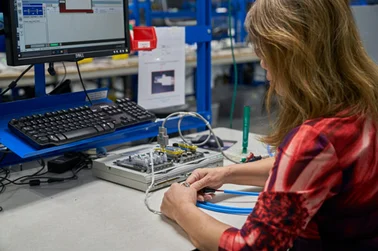
“Cross-trained assemblers are a big reason for our success,” says Tasha Ellis, VP of Operations. “During training, we spend a lot of time teaching each worker exactly what to look for during each step of wire preparation. They also learn about checking each wire or cable they’re given to ensure that all previous work steps were done properly. This gives us the confidence to place any assembler in any assembly situation and get a great finished product.”
As part of our manufacturing process, we do the following:
Continuity and Resistance Testing
Continuity Testing is performed to detect opens and shorts within an assembly or harness. JEM utilizes continuity testing to verify that a connection exists at both ends of a cable (from point A to point B), as well as ensuring that wires within a system do not cross. Defective cables can make equipment faulty once installed, which is why it’s important to determine continuity in the manufacturing phase.
Continuity and Resistance Testing is critical as it ensures the quality and workmanship of the crimp, solder, or IDC terminations in the assemblies we build; making sure it meets the manufacturer’s specified tolerances.
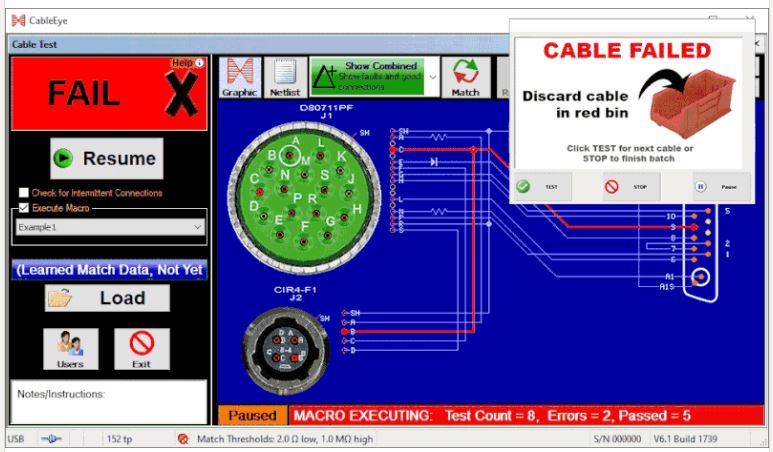
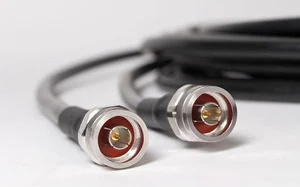
VSWR Testing
VSWR Testing (Voltage Standing Wave Ratio) is the process of sending radio frequencies through a cable to detect if there is any change in the frequency after it passes through. JEM utilizes VSWR testing to verify the sound performance of RF/Coaxial cable assemblies, as defects are difficult to isolate once products are assembled. Our VSWR testing adheres to S21 and S22 standards.
For customers that require VSWR testing, it is important to minimize signal loss and ensure that maximum energy is delivered to the antenna. Typically, VSWR testing is done by measuring the ratio of the maximum voltage to minimum voltage on the transmission line. The ratio is known as VSWR and a lower VSWR indicates better performance.
Hipot Testing
High Potential Testing (or “Hipot” Testing) is the process of verifying a cable’s ability to withstand high voltages by subjecting it to a given amount of electricity and checking for “good isolation”. JEM utilizes hipot testing to verify the reliability of any cable, assembly or harness that will be used in a way that could prove life-threatening if there were to be a failure. This kind of testing is also useful on shielded cables or power cords that may regularly be exposed to high voltages as it ensures the integrity of the shielding.
The equipment we use for Hipot Testing ensures good isolation between the parts of a circuit, guaranteeing the safety and quality of all electrical circuits we manufacture, and our machines have built-in insulation resistance testers that provide the latest in both technology and safety features.
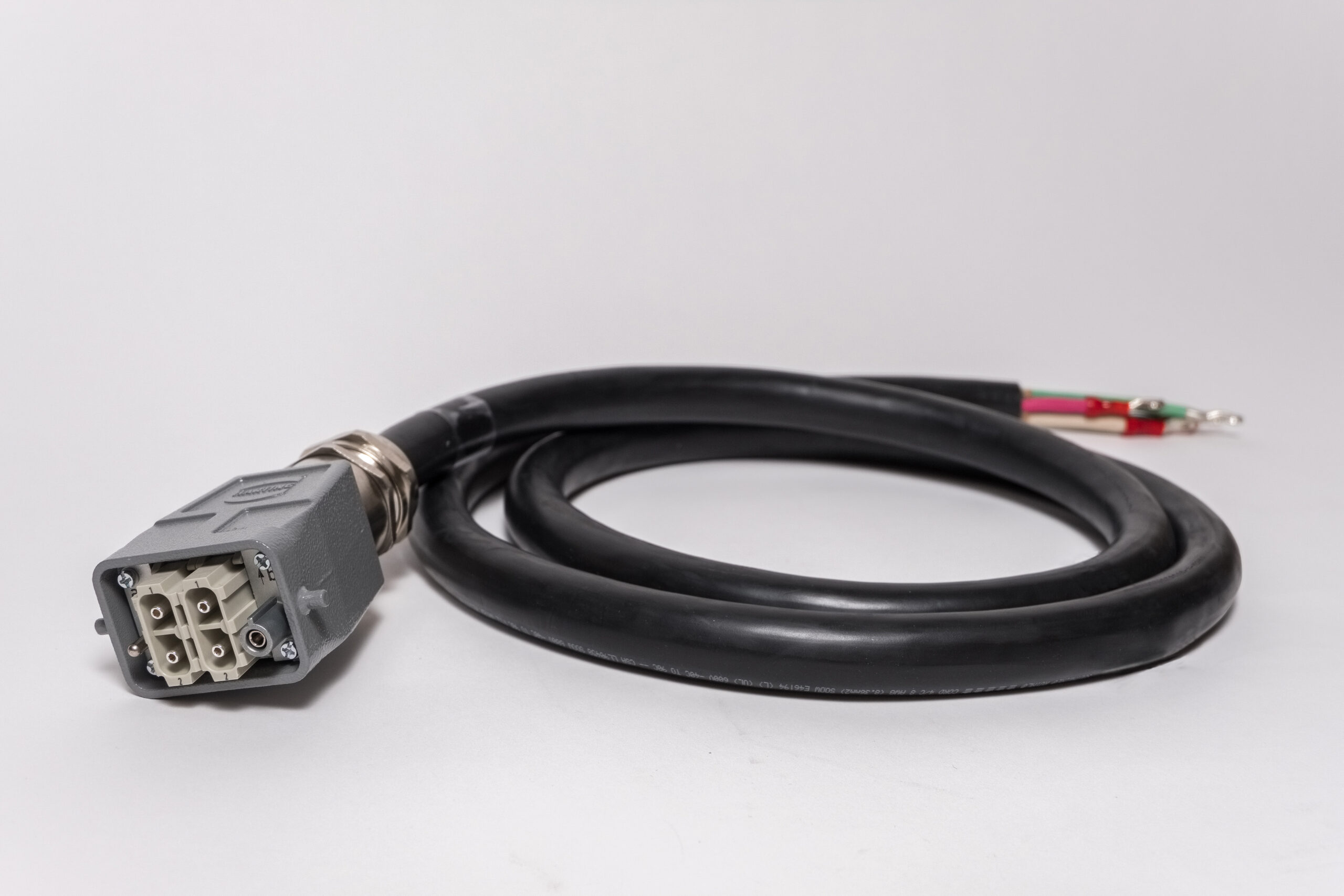
Pull Testing
Pull testing measures and evaluates wire bond strength and distribution and determines compliance with certain bond strength requirements of a wire. It consists of a wire being pulled upward by a hook until either a bond failure or breakage. The quality of crimp joints on a wire relies heavily on the mechanical strength and electrical conductivity of the joint and when results from a pull test fall within a certain range, it assures that the proper crimp force has been applied during the crimping stage.
This test ensures the integrity of the product and ensures effectiveness of the crimping tools and machines used. Crimping tools and machines are calibrated in response to the Statistical Process Control (SPC) analysis.
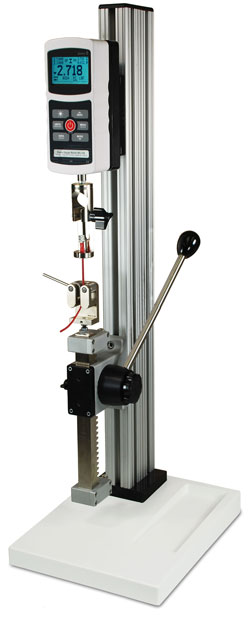
Scale of Operations
The JEM Electronics advantage is that we have over 4 decades of experience equipped with state-of-the-art facilities and skilled personnel. JEM’s flexibility and nimbleness allow us to cater to all our customers’ volume requirements, right from prototypes to large production runs. With our industry leading process certifications, rest assured, JEM Electronics uses the highest quality standards.


